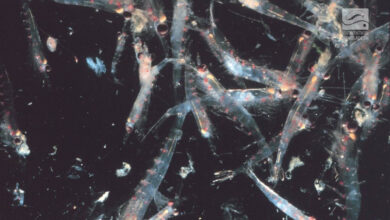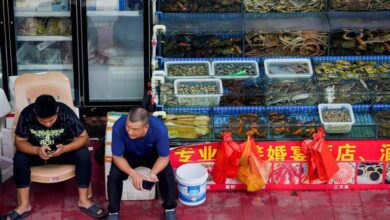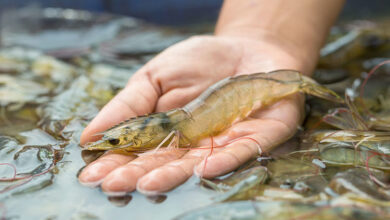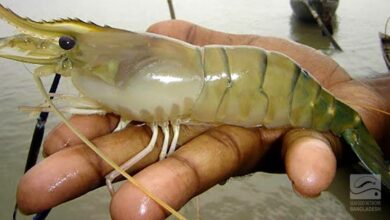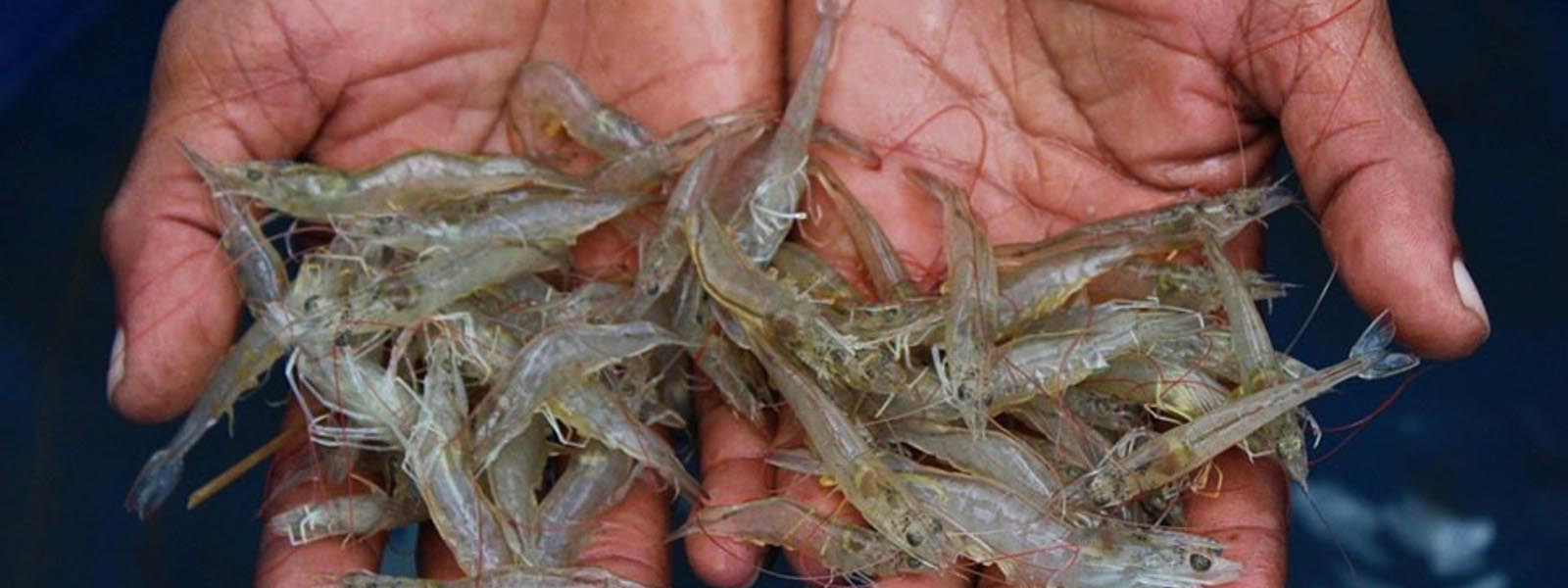
Despite being accessible in more than 150 countries, Vietnam’s shrimp industry confronts intense competition from worldwide competitors. As the sector strives to carve its own unique path forward, technology and strategic planning are being applied proactively to increase production.
Among the major shrimp producers, Vietnam, has seen a flat growth in production. A million tons of shrimp were produced by Vietnam for the first time in 2023. Europe, Japan, China, Korea, and the US are Vietnam’s top five export destinations for shrimp. The nation had an export revenue of 11 billion USD, placing it among the leading three seafood exporting countries in the world. Vietnam will be able to compete with top exporters like Ecuador, India, Indonesia, Thailand, and China as the shrimp industry expands.
As a leading shrimp exporter in the world, Vietnam is driving the growth of its shrimp market. The country’s geographical location and technological advancements provide it with a competitive edge in shrimp production. Quality and safety standards have led to an increase in demand for Vietnamese shrimp overseas. Growth in the shrimp market is also attributed to the government’s support and efforts to improve production efficiency.
Vietnam has 644,000 to 737,000 acres of brackish water shrimp farming between 2010 and 2023. Nonetheless, the nation intends to increase the area it uses for shrimp farming to 750 thousand hectares, with a goal of exporting revenue of more than 4.3 billion dollars. Thus, Vietnam is quite interested in increasing its export territory with highly ambitious plans and developments.
A notable development is the introduction of sustainable farming. As part of its efforts to increase production and protect the environment, Vietnam is exploring sustainable shrimp farming.
Furthermore, researchers from the Research Institute for Aquaculture have developed a highly efficient white-leg shrimp farming method based on recirculating aquaculture technology to keep the water exchange minimal and ensure biological safety. Over 20% more shrimp are produced with this method compared to conventional methods due to a reduction in costs associated with chemical treatment, labour, and water replacement.
The Mekong Delta provinces of Ca Mau and Bac Lieu are also making significant infrastructural investments in shrimp cultivation and aquaculture.
Vietnam is also aiming to reduce the challenges it faces in shrimp farming. Several factors hinder productivity and efficiency in the industry, including inadequate infrastructure, unsuitable technologies, and high production costs.
With shrimp as a key component of the Vietnamese seafood export turnover, Vietnam intends to reach 12.5-2 billion USD by 2025. The successful shrimp industry in Vietnam is a testament to the country’s commitment to sustainable aquaculture practices, quality control, and product innovation.
Jaber Bin Abdul Bari
Department of Oceanography, NSTU

